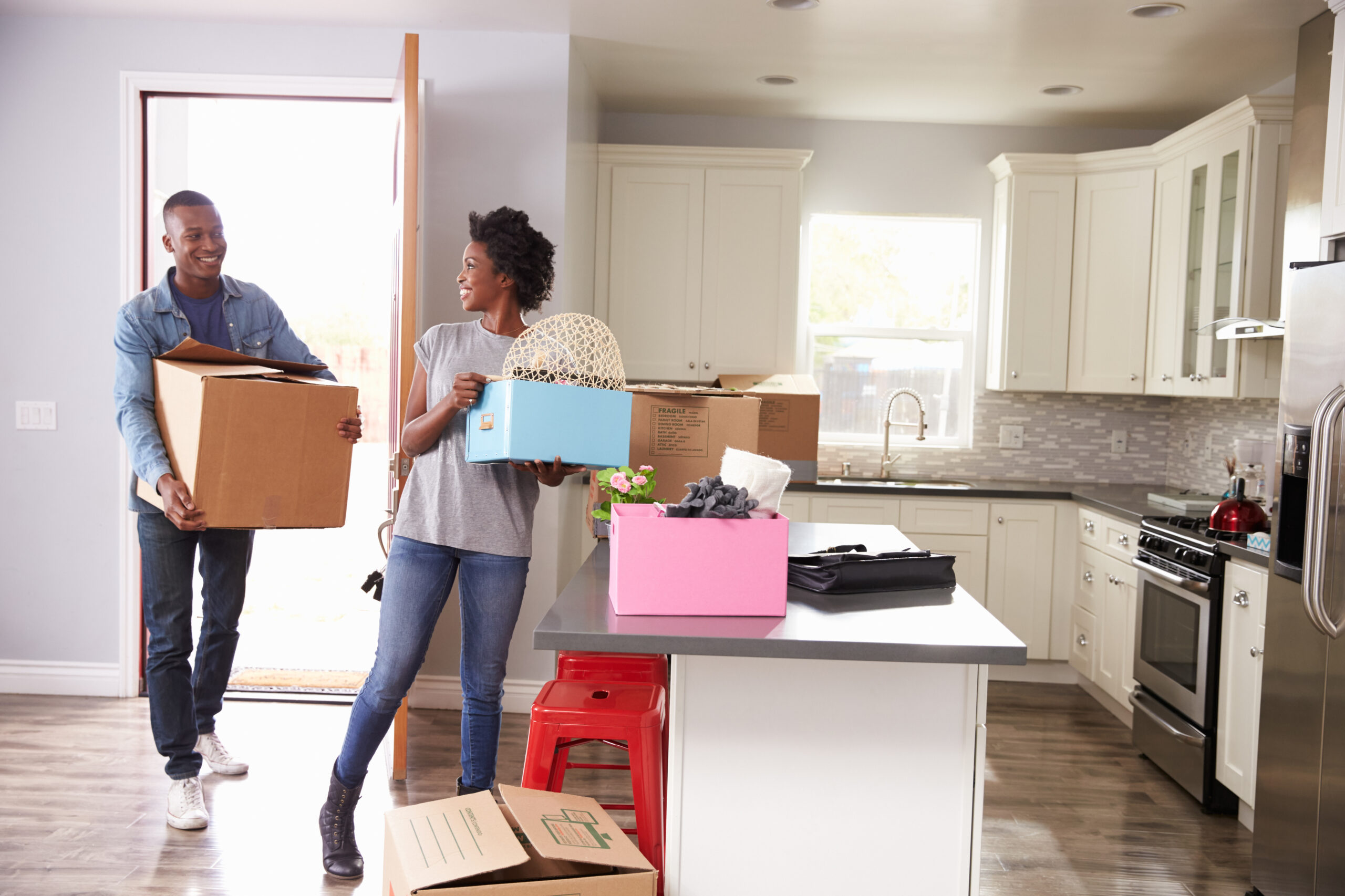How to make the least fun part of moving an easier experience
By Nancy Mattia
CTW Features
You signed the official papers, you’ve got a new home! But your excitement is tempered by the fact that before you can move in, you’ve got to pack up your current place. To make the job easier and reduce the risk of losing or breaking anything, we’ve compiled seven tips that will help move you efficiently to your new home sweet home.
1. Give yourself enough time to pack
In general, start packing as early as possible, you probably have more stuff than you realize. “If there’s anything you know you won’t need before the move, pack it,” says Ira Avdushev, president of Elite Moving and Storage near Chicago. “This way, you’re not stuck packing everything at once as well as handling last-minute chores, such as changing your address and finding new schools, at the same time.”
2. Be selective about boxes
If you’ll be asking local stores for their empties, take only those that are sturdy, dry and clean, with lids or tops that close all the way. But don’t use them for fragile items like glasses or plates, says Avdushev, because if the boxes get crushed, so will its contents. A better choice: glass and china boxes, which have double walls that are sturdier than regular cardboard. You can buy them from moving companies, self-storage stores and U-Haul locations.
3. Buy the right supplies
Besides boxes, get multiple rolls of tape and dispensers, a box of zipper-sealed plastic sandwich bags for nails and screws that you’ve removed from items (and intend to put back together) and plenty of print-free packing paper (newspaper is fine, too, but may leave smudges).
4. Pack each room separately
Put all the kitchen things in one box, all the master bedroom items in another, and so on rather than mixing things from different rooms in the same box. “It’s a matter of convenience,” Avdushev says. “You don’t want to unpack and have to run from room to room to put things away. It’s much easier if you are in one spot opening a box that has all the items from the same room.”
5. Be strategic about packing
How to pack a box depends on what’s going into it. “Heavier items like books and paperwork should go in small boxes, the average person will have a hard time physically picking up a big box that’s heavy,” Avdushev says. “And if the box is too heavy, it could split from the bottom.” Large boxes are best for bulky, lightweight things like clothing, pillows, and anything else that won’t break if the box gets squished. When packing fragile things, use a lot of packing paper. First, scrunch some to make a thick padding at the bottom of the box, then put each glass or dish in a few more pieces. Contents should tight within the box; if there are any empty spaces, fill them with paper or towels. Place another layer of paper on top of the items before closing the box.
6. Keep track of everything
Label every box to indicate in which room it should go. Also number the boxes and use a notebook to list each one’s contents, which will help if you need a roll of paper towels right away and it could be in one of several “kitchen” boxes.
7. Clear an area to set packed boxes
When you start the packing process, try to pick out-of-the-way spots where you can store the filled boxes, like the corners of the dining room or another place that won’t get much activity.
© CTW Features

